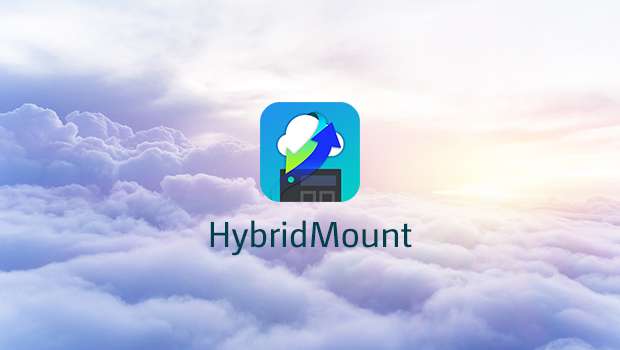Soldato
- Joined
- 27 Dec 2005
- Posts
- 17,316
- Location
- Bristol
We're a team of 13 and I'm looking for a local cache server solution such that if Person A downloads a file, said file is also stored on a local NAS for say 30-60 days, such that if Person B tries to download the same file then they'll retrieve it from the local NAS rather than the web source. The main requirement is for this to happen for Google Drive files, accessed via the Google Drive for Desktop app on Windows, rather than all HTTP requests. In fact there's really no need for caching anything other than Google Drive.
Firstly, I don't even know if this exists or how complicated it is to setup. I heard Google offered their own solution for Drive, but I don't believe this exists anymore. I imagine we'd need a local cache of around 50TB, with potential to expand if needed, but no redundancy given the usage.
TIA.
Firstly, I don't even know if this exists or how complicated it is to setup. I heard Google offered their own solution for Drive, but I don't believe this exists anymore. I imagine we'd need a local cache of around 50TB, with potential to expand if needed, but no redundancy given the usage.
TIA.




